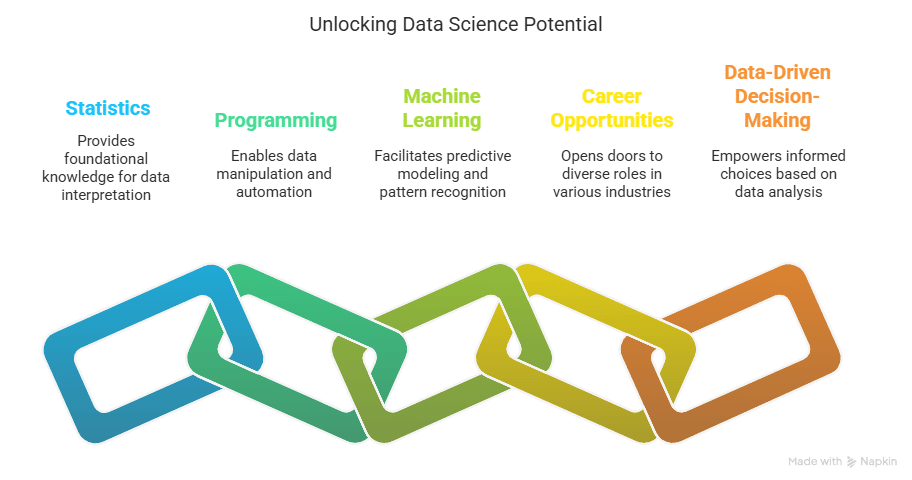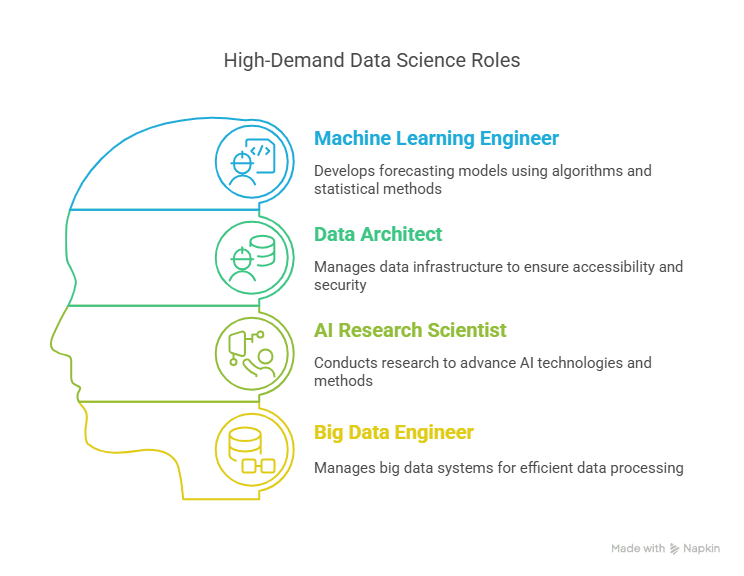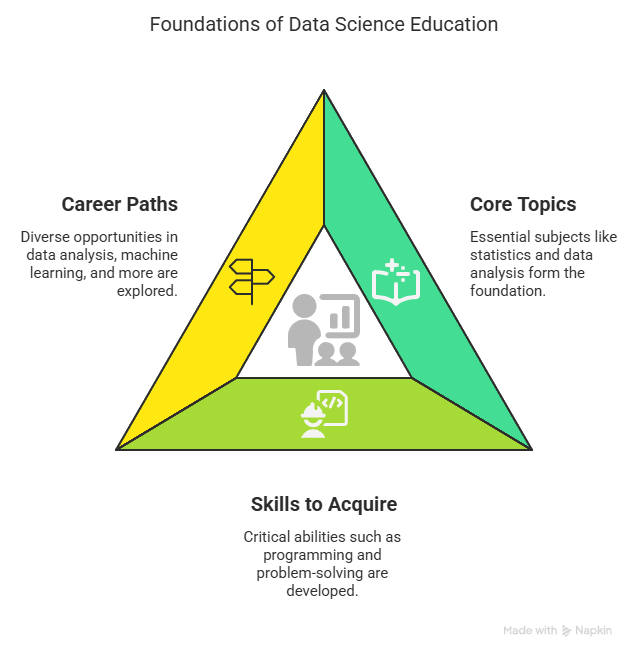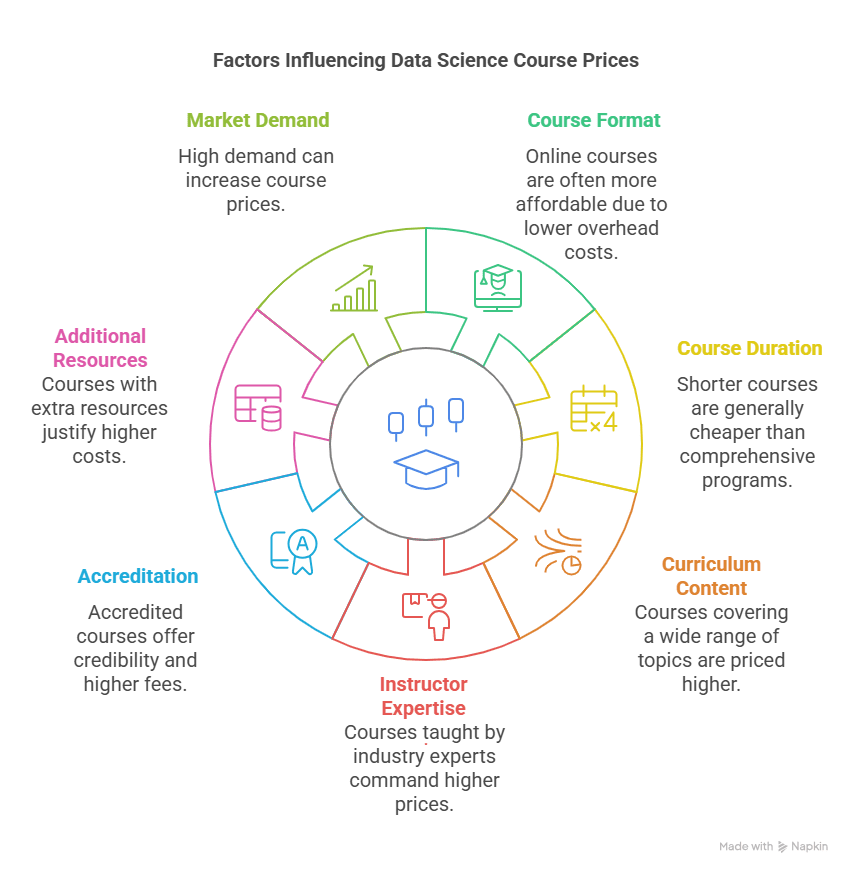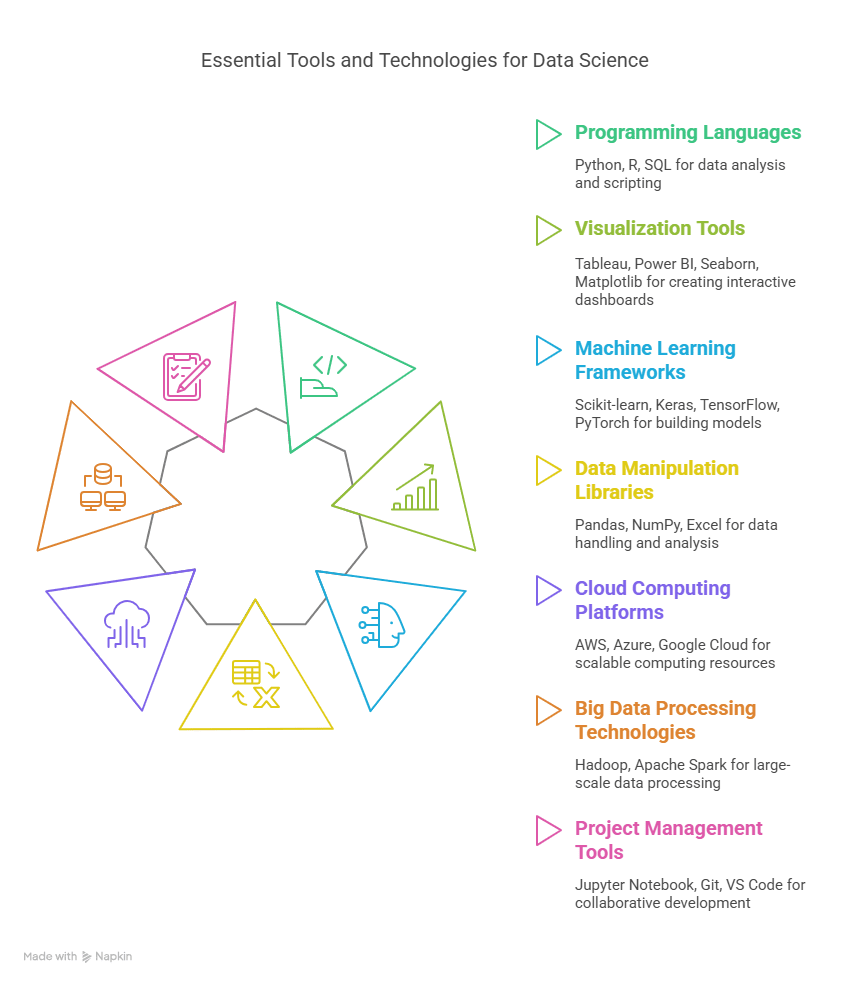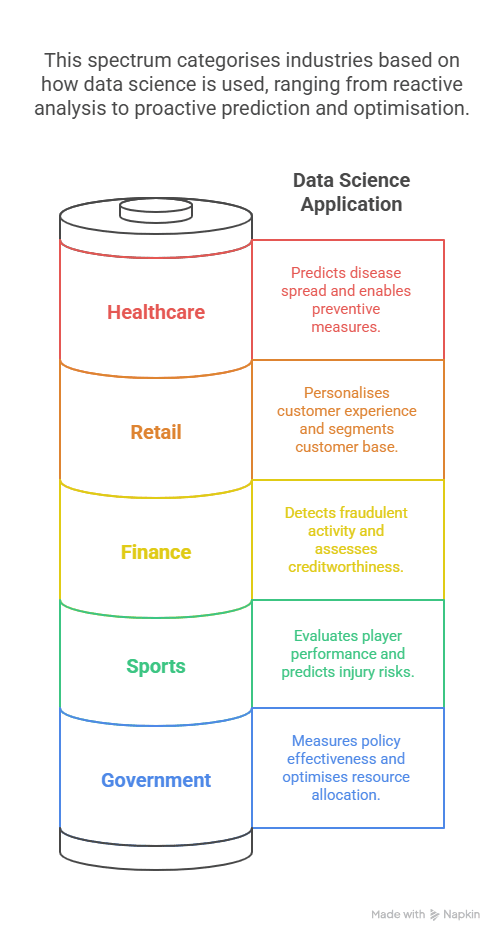In a world where data informs all decisions, Excel remains one of the most reliable, ubiquitous, and adaptable tools for data analytics.
Though newer tools and programming languages have arrived on the scene, Excel is still the point of departure—and most often, the preferred option—for professionals across sectors, particularly in finance and banking.
This blog demystifies how to best utilise Excel for data analytics, the absolute functions, tools, and techniques that any analyst must be proficient in, particularly if you’re eyeing a career in financial services, product sales, or banking analytics.
No matter if you’re just starting out or in need of refining your skill set, this blog will teach you everything you should know about data analytics using Excel.
Why Excel Remains Integral to Analytics
Excel for Data Analytics Beginners
Despite the automation and coding software boom, Excel remains a timeless tool because it’s easy to use, has an intuitive design, and is widely used. More than 750 million people across the globe use Excel—evidence of its longevity. (Source)
Why do analysts still prefer Excel?
- It has no coding skills required.
- It works on big sets of structured data
- It seamlessly integrates with other tools and platforms. It.
- It’s applied every day in 90% of finance careers.
Particularly for those starting with Excel in data analytics, the program offers a seamless learning curve with high-quality features that establish a solid foundation for more sophisticated tools.
Why Excel is a Robust Analytics Tool
Major Features Contributing to Excel’s Success
Excel is not only a spreadsheet tool—it’s a powerhouse for organising, analysing, and interpreting data. It facilitates a variety of operations, including:
- Data cleaning with text and logic functions
- Data summarisation with PivotTables
- Trend analysis through charts and visualisation tools
- Scenario planning with Solver and Goal Seek
- Automation with Macros and VBA
They all add up to a very efficient career path in finance, particularly in sales, trading, or operations.
Top Excel Data Analysis Tools You Should Master
To be most productive and accurate, here are the tools that every analyst should learn to master in Excel:
| Tool/Feature | Use Case |
| PivotTables | Quick data summarisation, segmentation, and grouping |
| Power Query | Automate and scrub data from various sources |
| Power Pivot | Build data models and DAX formulas for in-depth analysis |
| Charts and Graphs | Graph trends, spot outliers, and display data succinctly |
| Conditional Formatting | Highlight data points graphically based on conditions |
| Data Validation | Manage inputs, minimise user mistakes |
| What-If Analysis Tools | Apply Goal Seek and Scenario Manager to forecasting |
| Solver Add-In | Optimise tough optimisation problems |
Learning the Excel data analysis tools will assist you in getting insights quicker and more effectively—something that is very important in high-paced positions such as product sales within finance.
Functions Powering Data Analytics in Excel
Essential Excel Functions for Analytics
You don’t have to learn every function in Excel. However, some are notable due to their frequent application in analytics activities. They are:
- VLOOKUP / XLOOKUP: Match and return values between datasets
- INDEX-MATCH: A more flexible replacement for VLOOKUP
- IF, IFS, AND, OR: Make logical comparisons
- SUMIFS, COUNTIFS: Sum and count data with conditions
- TEXT, LEFT, RIGHT, LEN: Clean and work with strings
- DATE, YEARFRAC, EOMONTH: Work with time-sensitive financial information
- ROUND, CEILING, FLOOR: For financial rounding logic
These aren’t just necessary for day-to-day analysis—they’re essential to jobs that include Excel for data analysis in a structured, sales-driven finance space.
A Unique Edge: Power Query + Power Pivot Integration
Most individuals interface with the surface of Excel. But if you’re looking to work in financial services sales or as a product specialist, you must dive deeper.
- Power Query assists with cleaning, transforming, and merging data.
- Power Pivot assists with modelling that data and building relationships between tables through DAX (Data Analysis Expressions).
Together, they make Excel a low-code business intelligence machine. That’s a form of analysis even simple SQL tools can’t always keep up with.
The Increased Use of Excel in Finance and Banking
Statista reports that the Indian finance and banking industry expanded by 9.6% in FY 2021–22, up from 5.6% the prior year. That is a sign of increased digital adoption, automation, and analytics.
In day-to-day language, that means:
- Increased demand for financial product analysts who can produce real-time reports.
- Increased demand for Excel-based risk models and profitability models.
- Excel usage in regulatory filings, audit trails, and forecasting reports.
- Pros looking to join this profession with expertise in advanced Excel skills for analysts possess an unquestionable advantage.
Real-World Applications of Excel in Finance Analytics
If you are considering a career in finance sales positions, Excel will be part of your daily repertoire.
Typical Use Cases
- Constructing client product bids from prior performance
- Building revenue dashboards by product or geography
- Comparing competitor analysis based on input from several market reports
- Analysing investment portfolio returns with standard deviation and CAGR
- Preparing regulatory reporting sheets for internal and external purposes
- These activities require precision and speed, and that’s where Excel excels.
Tips and Best Practices to Master Excel for Analytics
Practical Excel Tips for Data Analysts
- Use Excel Tables rather than ranges when working with dynamic models
- Never join up cells—use “Centre Across Selection” instead
- Name your ranges and formulas for easy understanding
- Use keyboard shortcuts to minimize mouse reliance
- Split logic, input, and output into separate sheets
- Write down your formula logic in comments or footnotes
- Avoid volatile formulas such as OFFSET unless there’s no alternative
- Make backup versions before constructing nested calculations
- By mastering these habits, you’ll be far more efficient in roles that rely heavily on Excel data analysis tools.
Watch our Excel Masterclass Playlist, and become a pro in Excel.
Excel Basics Made Easy: Master the Essentials!
FAQs: Excel for Data Analytics
1. Is Excel now outdated for data analytics?
No, particularly in finance, sales, and junior analytics positions.
2. Can I become a data analyst using only Excel skills?
Yes, Excel by itself can get you entry-level positions, particularly in small and mid-sized companies.
3. In which industries is Excel most heavily used?
Banking, finance, marketing, education, and operations are most dependent on Excel.
4. Is Power Query present in every version of Excel?
It’s in Excel 2016 and up; strongly suggested for analysts.
5. Can Excel support large data?
With Power Pivot and Power Query, Excel can manage millions of rows.
6. What sets Excel apart from other software?
Its ease of access, self-explanatory UI, and departmental integration.
7. Is Excel superior to Google Sheets?
For advanced data models, Excel is stronger and more stable.
8. How can Excel assist with the sales of financial products?
You can quickly create pitch decks, compute IRR, and model product performance.
9. Do I need VBA to perform data analytics in Excel?
Not necessarily. Most applications are addressed by built-in tools and formulas.
10. How do I improve at Excel analytics?
Practice on real data. Attempt to redo the dashboards or model financial situations.
Conclusion: The Excel Advantage
Whether you’re creating dashboards for a manager, performing financial analysis, or researching market trends, Excel is probably the first application you’ll employ—and the last one you’ll abandon.
In a world of complicated platforms, Excel is unique in that it makes analytics easy to use and powerful simultaneously. With features such as PivotTables, Power Query, and complex formulas, it puts professionals at an advantage in careers ranging from financial services sales to trading analytics and beyond.
If you’re committed to starting or transforming your analytics career, don’t underestimate Excel—it’s not a spreadsheet; it’s a superpower.
Key Takeaways
- Excel remains indispensable in analytics, particularly in finance, due to its depth and versatility.
- Power Query and Power Pivot make big-data capabilities easily accessible in the familiar Excel environment.
- Understanding the most important functions and tools provides a genuine competitive edge in finance sales roles and data-driven positions.
Start Your Analytics Career Today
Aspiring to create a successful financial analytics, sales, or banking operations career?
Learn the Postgraduate Program in Banking and Finance by Imarticus Learning.

